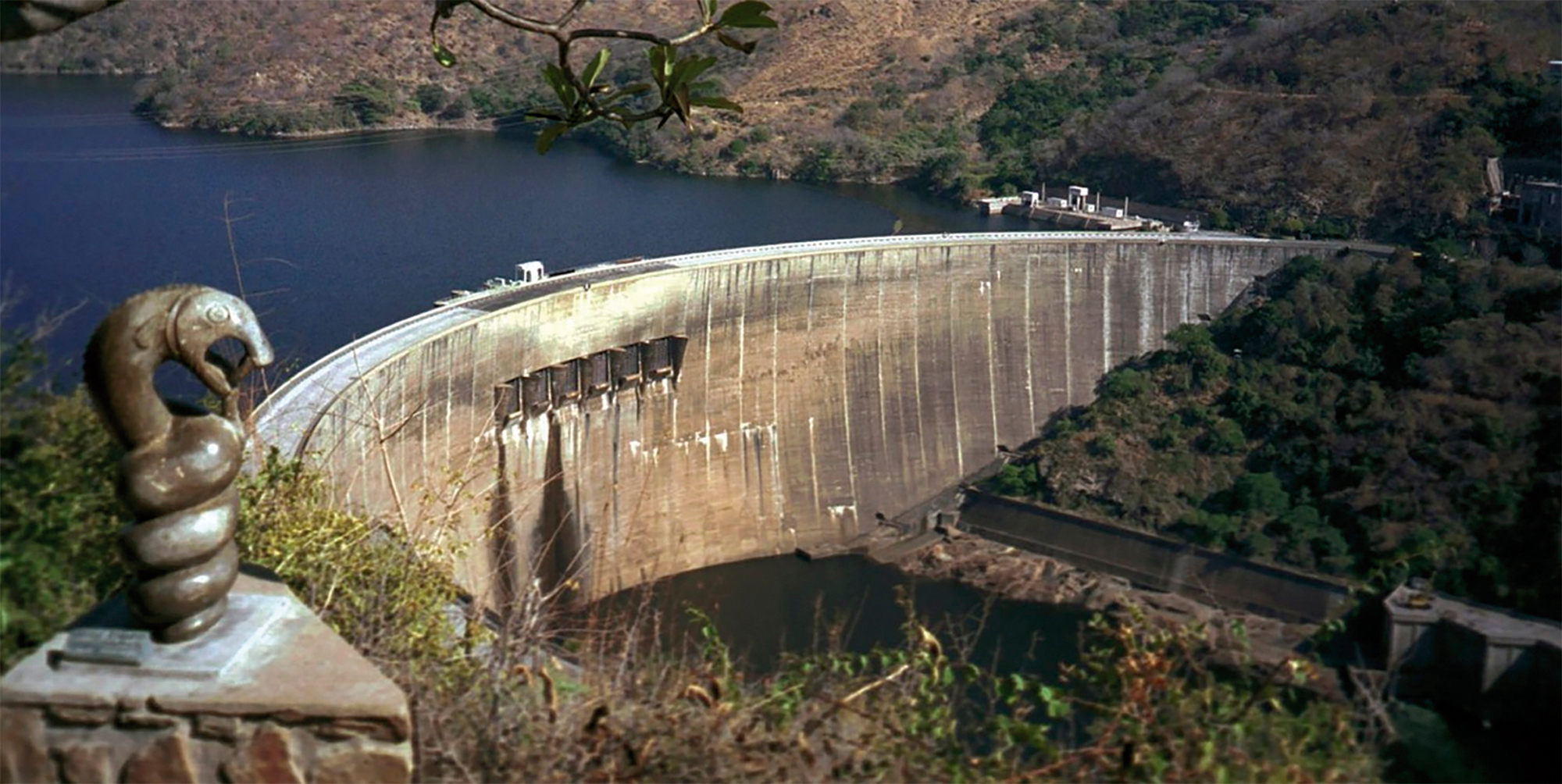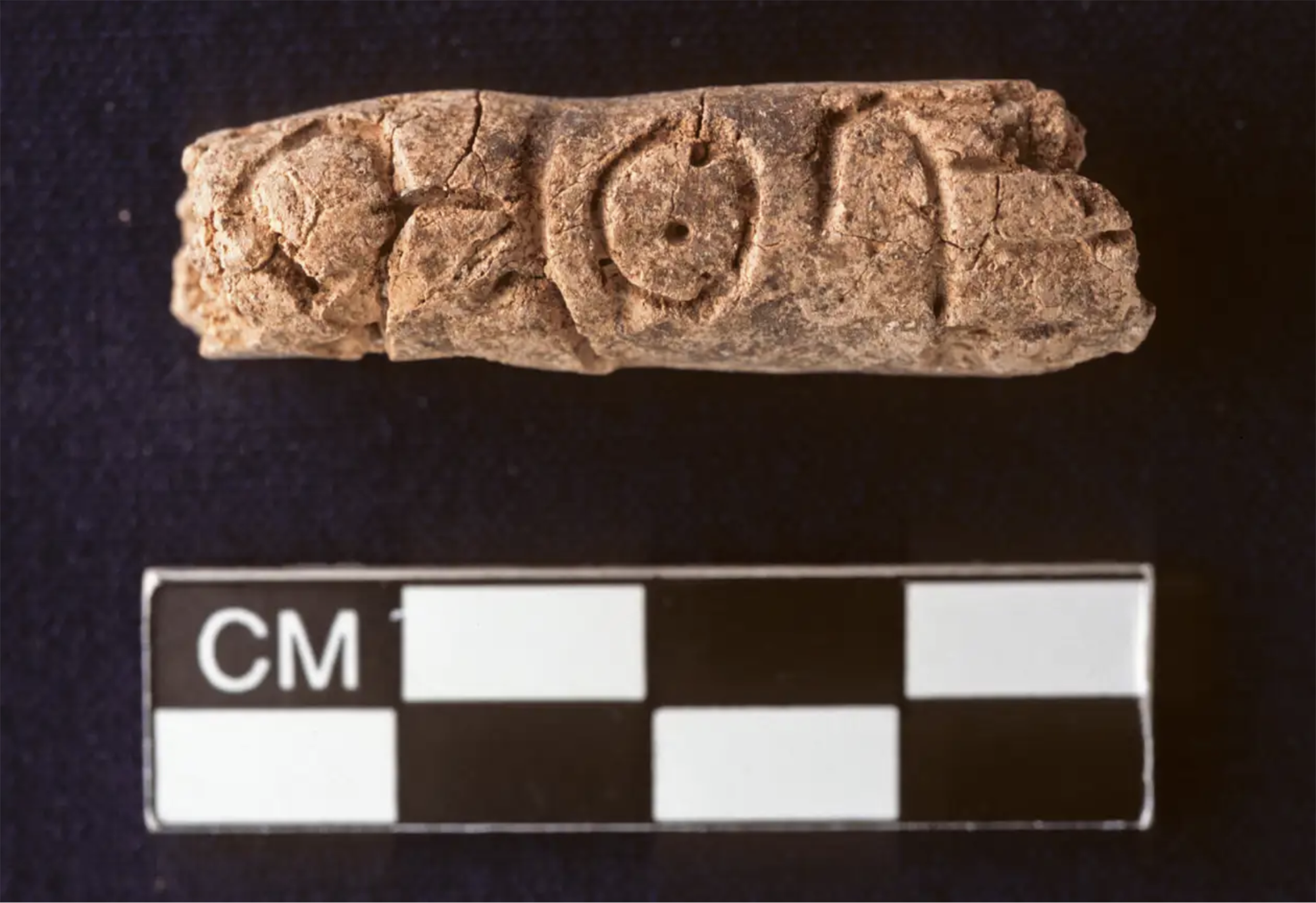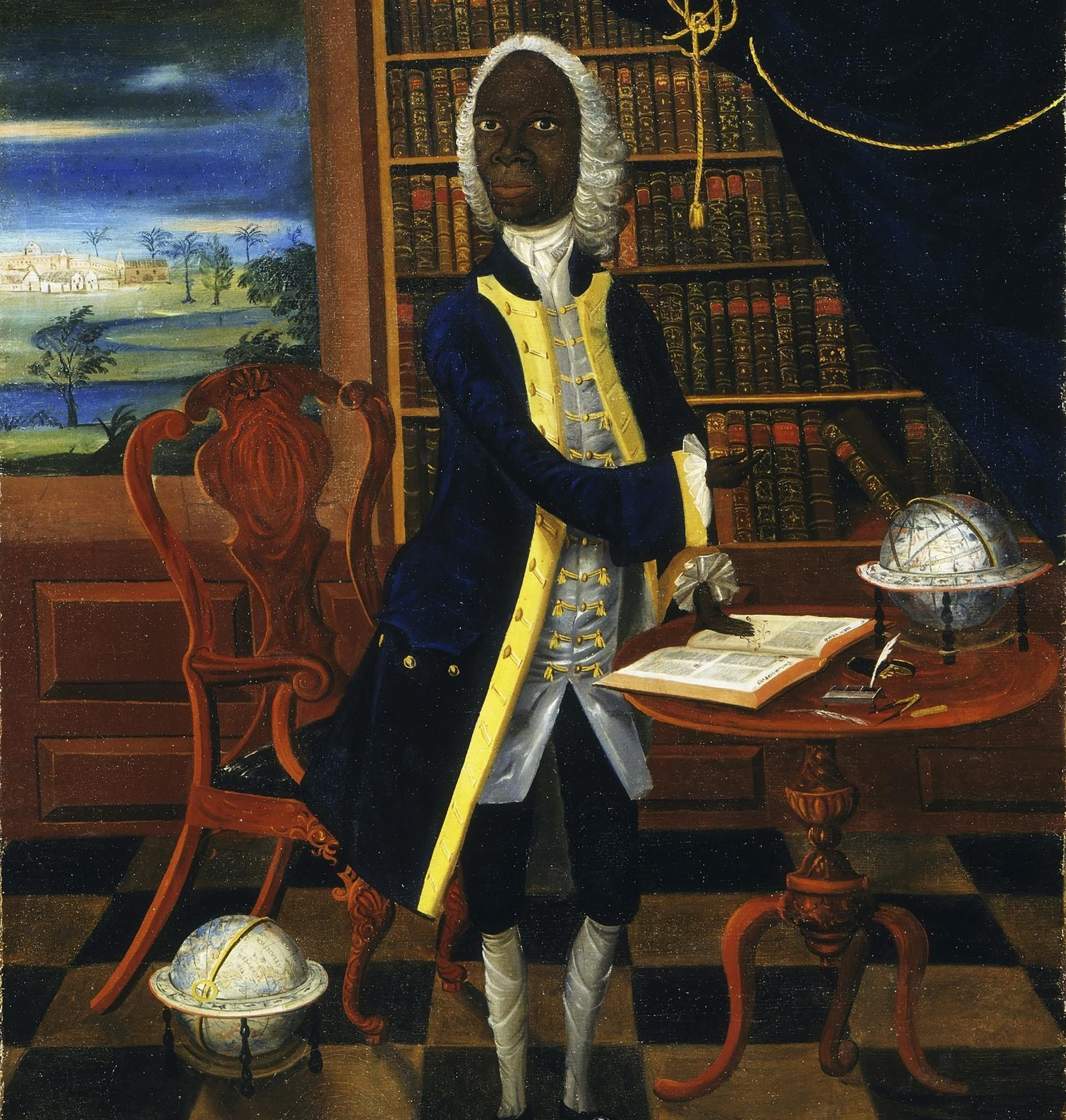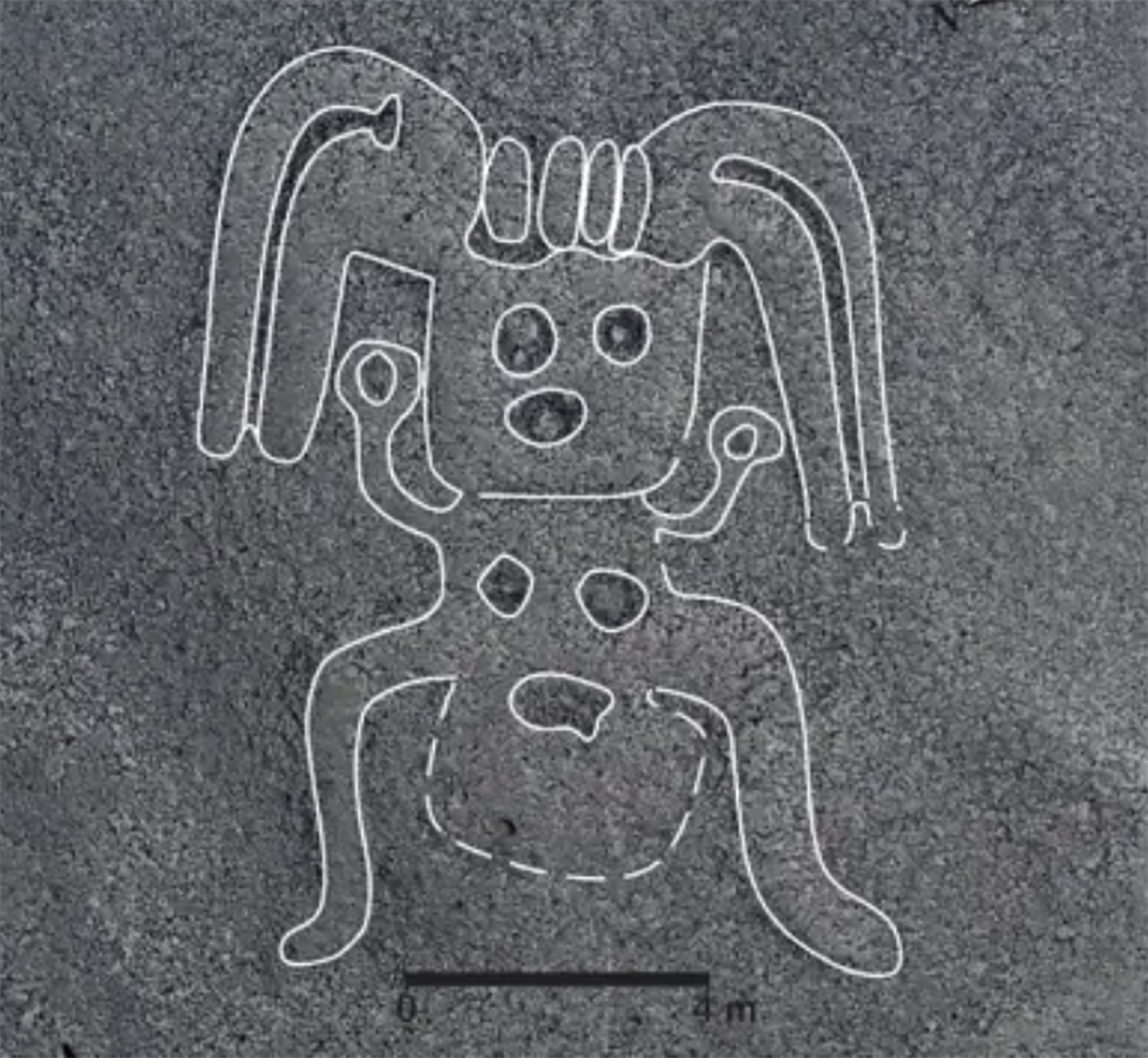Noe vs Nyaminyami
- When the giant Kariba dam was built between Zambia and Zimbabwe in 1956, Operation Noe was launched by Europeans to save thousands of trapped animals. On the contrary, the 50,000 people who lived there were not rescued and had to leave their homes and fertile lands.

Rhodesia, 1956. Construction work began on the Kariba dam in the Zambezi River basin. Four years later, the cement fence 128 meters long and 579 meters wide and the reservoir began to flood. The water reached its peak in 1963, covering the Zambezi alluvial plain, a promising leap forward for the project promoters.
But those who launched the project were not indigenous, but European. The initiative was carried out by the British North and South Rhodesia, current Zambia and Zimbabwe. The Rhodedians opposed the dam being made in the Cariboyan, but a group of external “experts” decided its location, without taking them into account. The construction works of the wall and the power plant were awarded to the Italian consortium Imprespresit and the project was designed by the French engineer Andre Coyne.
The Caribbean means “trap” in the batonga language, a sign of the dangers of the gorge, and the locals believed that the god of the Nyaminyami River lived there, and that by building the prey the divine snake would become angry. When they filled the swamp, thousands of animals had to leave their habitat. Many were left with no solution, isolated on islands or trees.
The locals believed that the god of the Nyaminyami River lived there; and that by building the prey the divine snake would become angry
And then the “white saviors” launched Operation Noe, ignoring the beliefs of the locals, choosing a Christian name for the rescue. About 7,000 animals were rescued and the most striking cases were revealed to the four winds, for example, when to save a rhino, after 7 hours of dangerous persecution, they had to make 12 miles in a raft. But they were isolated in the trees and nobody talked about hundreds of monkeys that starved after eating all the leaves.
One of the most affected animal species was man. Over 50,000 people had to leave their homes and fertile crops, most of them from the Batonga tribe. Even though they were tested for electricity, schools, hospitals... they had to flee. They had to cultivate higher, sandy soils in exchange for prolific alluvial fields. They lost their lives in exchange for supposed unsolicited profits.
It has been 60 years since the reservoir was filled and the Caribbean reservoir operator Zesco (Zambia Electricity Supply Company) has now launched the Gwenbe-Tonga initiative to mitigate environmental and social damage caused by the dam. Unlike the past, local communities will participate in all phases of the project. And there is also a sculpture of the god Nyaminyami in the Cariboan (in the image), looking at the wall that destroyed his place of residence. Are the fifties enough to extinguish the anger of the Batonga tribe and the river god?
New York, 1960. At a UN meeting, Nigeria’s Foreign Minister and UN ambassador Jaja Wachucu slept. Nigeria had just achieved independence on 1 October. Therefore, Wachuku became the first UN representative in Nigeria and had just taken office.
In contradiction to the... [+]
Researchers at Johns Hopkins University have discovered several cylinders with inscriptions at the present Syrian Reservoir, the Tell Umm-el Marra. Experts believe that the signs written in these pieces of clay can be alphabetical.
In the 15th century a. The cylinders have... [+]
London 1928. At the Victoria and Albert Museum there was a very special painting: in the painting there is a black man, with wig and Levite, surrounded by books and scientific instruments. Thus it was catalogued in the Museum: “Unique satirical portrait representing a failed... [+]
Ethiopia, 24 November 1974. Lucy's skeleton was found in Hadar, one of the oldest traces of human ancestors. The Australian hominid of Australopithecus afarensis is between 3.2 and 3.5 million years old.
So they considered it the ancestor of species, the mother of all of us. In... [+]
A group of archaeologists from the University of Berkeley, California, USA. That is, men didn't launch the lances to hunt mammoths and other great mammals. That was the most widespread hypothesis so far, the technique we've seen in movies, video games ...
But the study, published... [+]
Zamora, late 10th century. On the banks of the Douro River and outside the city walls the church of Santiago de los Caballeros was built. The inside capitals of the church depict varied scenes with sexual content: an orgy, a naked woman holding the penis of a man… in the... [+]
Born 7 November 1924. A group of anarchists broke into Bera this morning to protest against the dictatorship of Primo de Rivera and to begin the revolution in the Spanish state.
Last October, the composition of the Central Board was announced between the displaced from Spain... [+]
A group of interdisciplinary researchers from the Free University of Berlin and the Zuse Institute have developed a complex mathematical model to better understand how Romanization spread in North Africa.
According to a study published in the journal Plos One, the model has... [+]
Washington (EE.UU. ), 1807. The US Constitution banned transatlantic slave trade. This does not mean that slavery has been abolished, but that the main source of the slaves has been interrupted. Thus, slave women became the only way to “produce” new slaves.
So in 1845, in... [+]
While working at a site in the Roman era of Normandy, several archaeology students have recently made a curious discovery: inside a clay pot they found a small glass jar, of which women used to bring perfume in the 19th century.
And inside the jar was a little papelite with a... [+]
Japan, 6 and 9 August 1945, the United States launched an atomic bomb causing tens of thousands of deaths in Hiroshima and Nagasaki; although there are no precise figures, the most cautious estimates indicate that at least 210,000 people died at the end of that year. But in... [+]
A team of researchers led by the Japanese archaeologist Masato Sakai of the University of Yamagata has discovered numerous geoglyphs in the Nazca Desert (Peru). In total, 303 geoglyphs have been found, almost twice as many geoglyphs as previously known. To do so, researchers... [+]
Born 2 October 1968. A few months earlier, the student movement started on June 22 organized a rally in the Plaza de las Tres Cultura, in the Nonoalco-Tlatelolco unit of the city. The students gathered by the Mexican army and the paramilitary group Olympia Battalion were... [+]
Tijarafe (Canary Islands), mid-14th century. When the first Catholic monks came to the area of the island of La Palma, the Awares, the local Aborigines, saw that they worshipped the sun, the moon and the stars.
And this has been confirmed by the archaeological campaigns carried... [+]

























